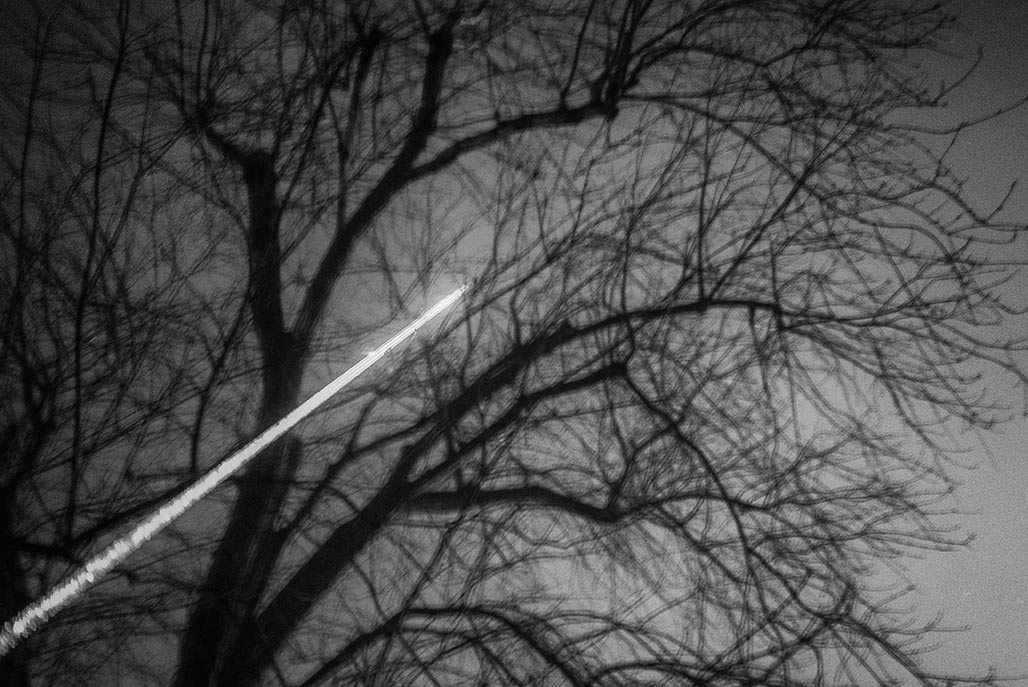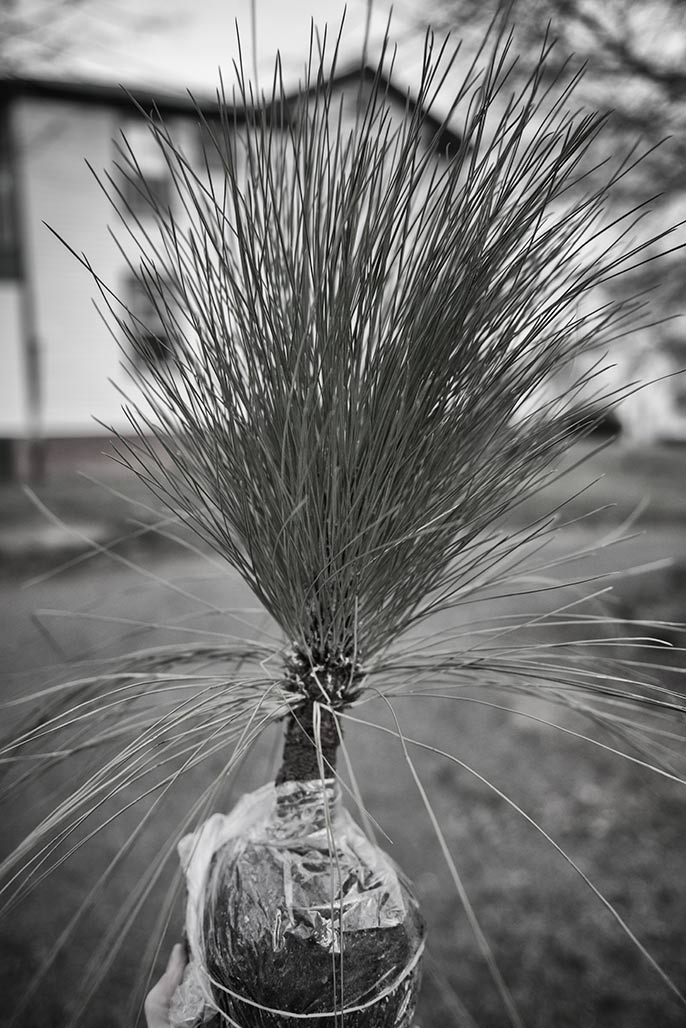
Longleaf pine takes 100 to 150 years to become full size and may live to be 500 years old. When young, they grow a long taproot, which usually is 2–3 m (6.6–9.8 ft) long; by maturity they have a wide spreading lateral root system with several deep ‘sinker’ roots.–Wikipedia
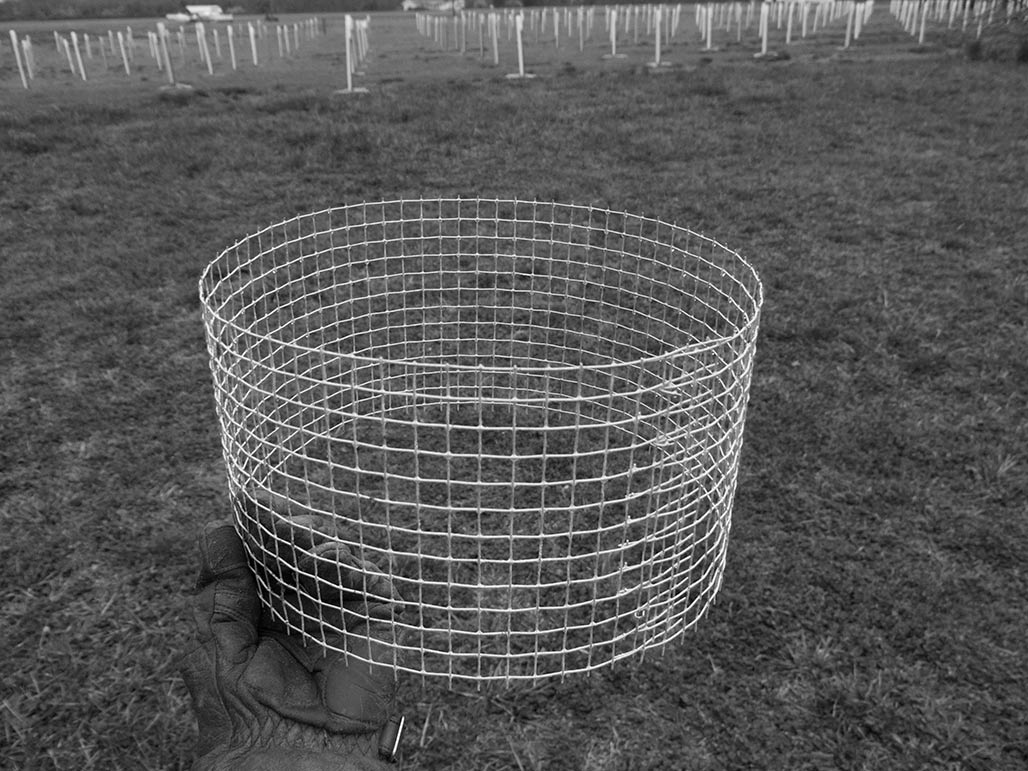
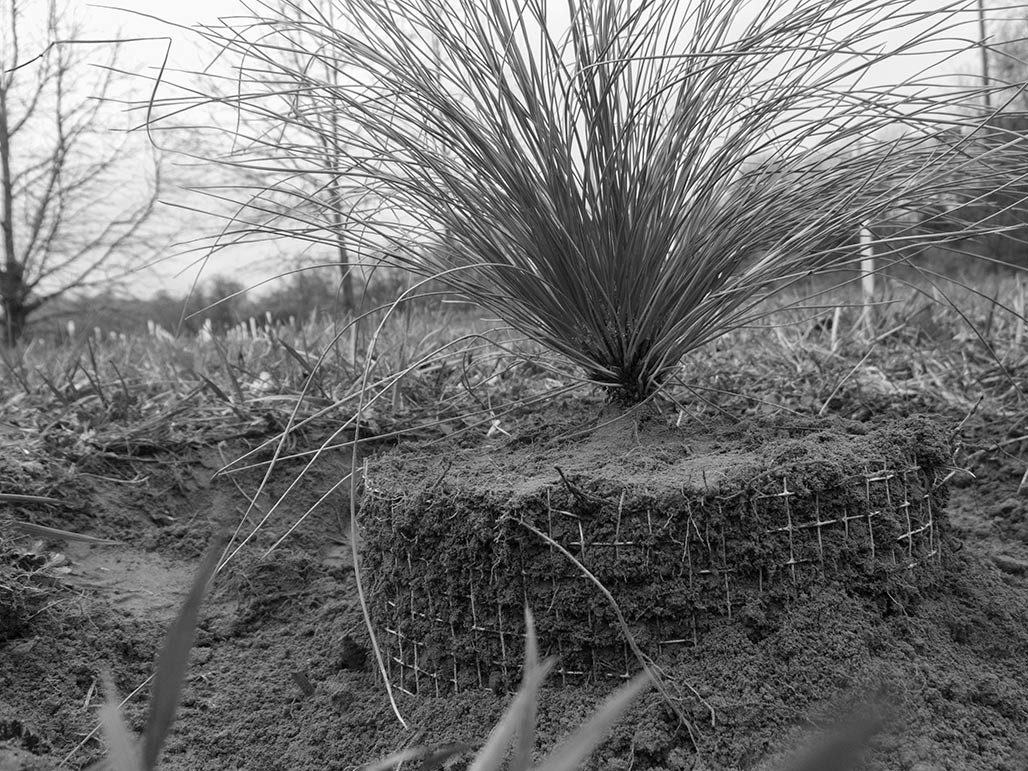
Category: trees
pinus taeda

Loblolly pine (Pinus taeda), also called Arkansas pine, North Carolina pine, and oldfield pine, is the most commercially important forest species in the southern United States.–Silvics
much of a muchness
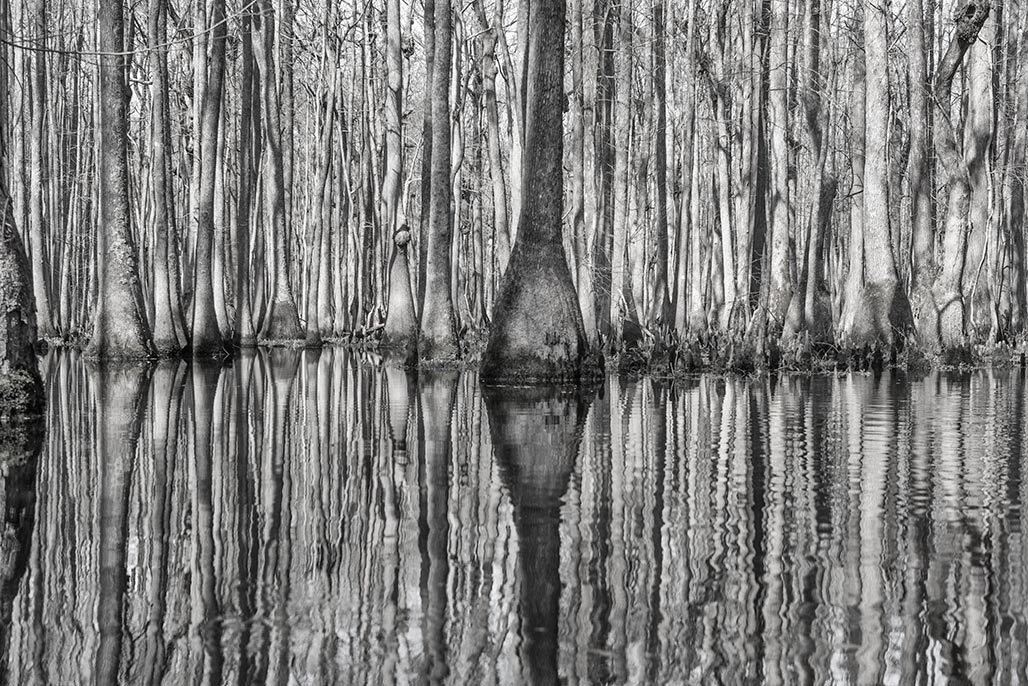

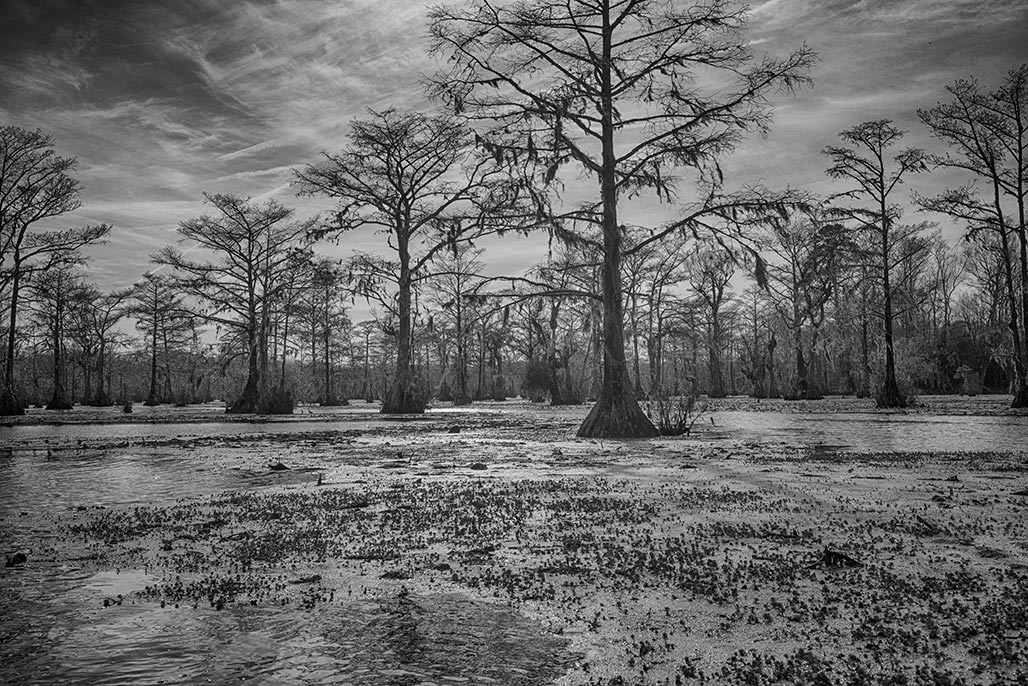
riparian buffer
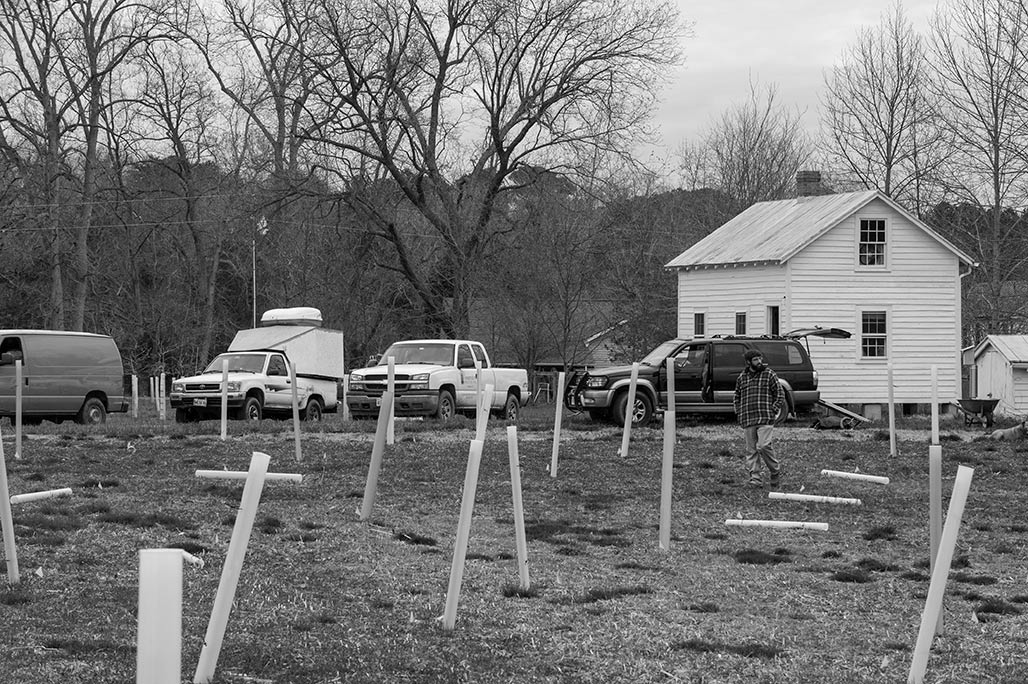
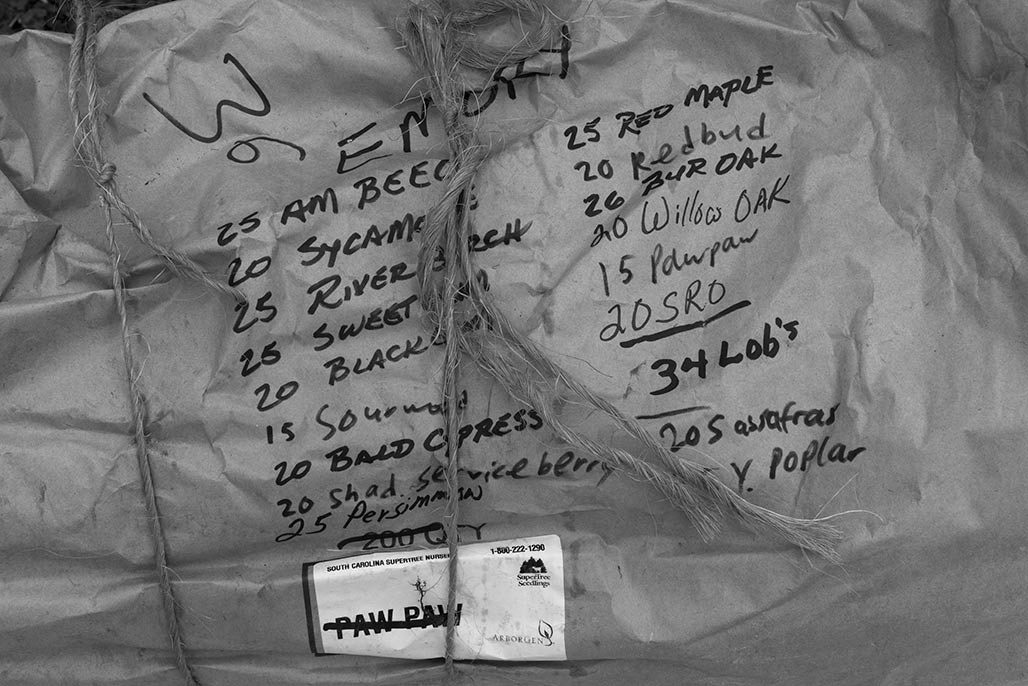
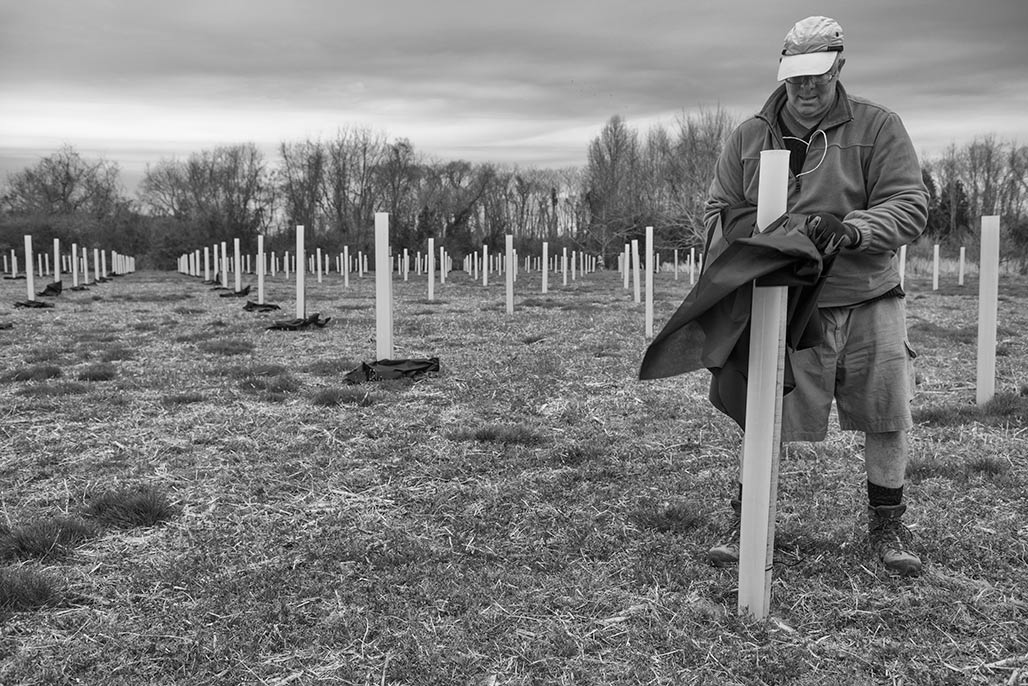
laser pruning
street trees
Lady Bird Johnson would be pleased
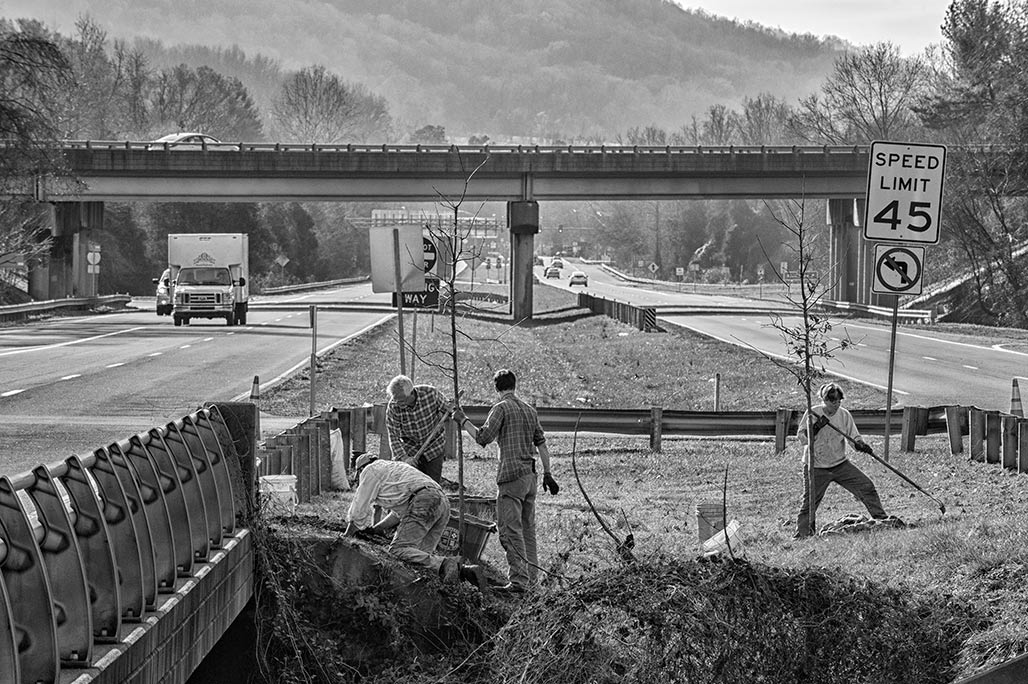
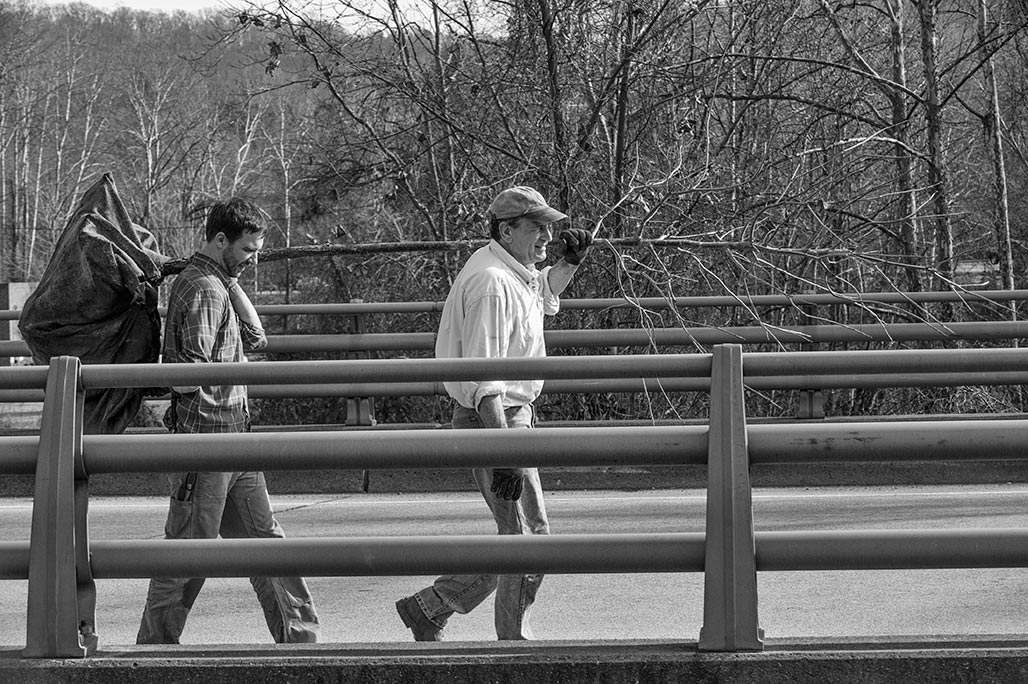



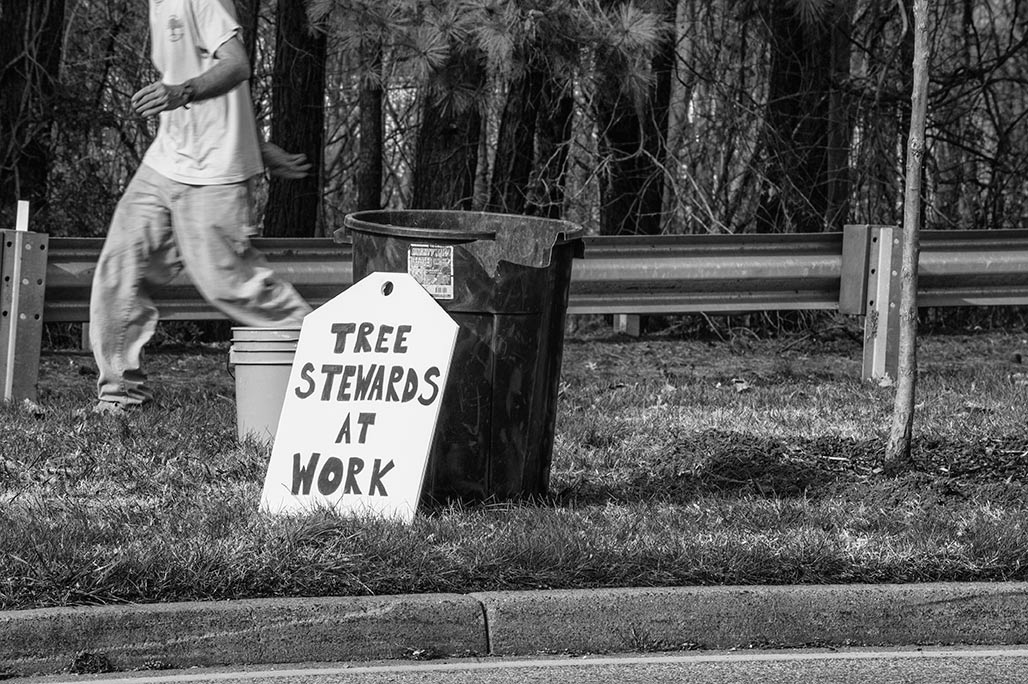
tree canopy
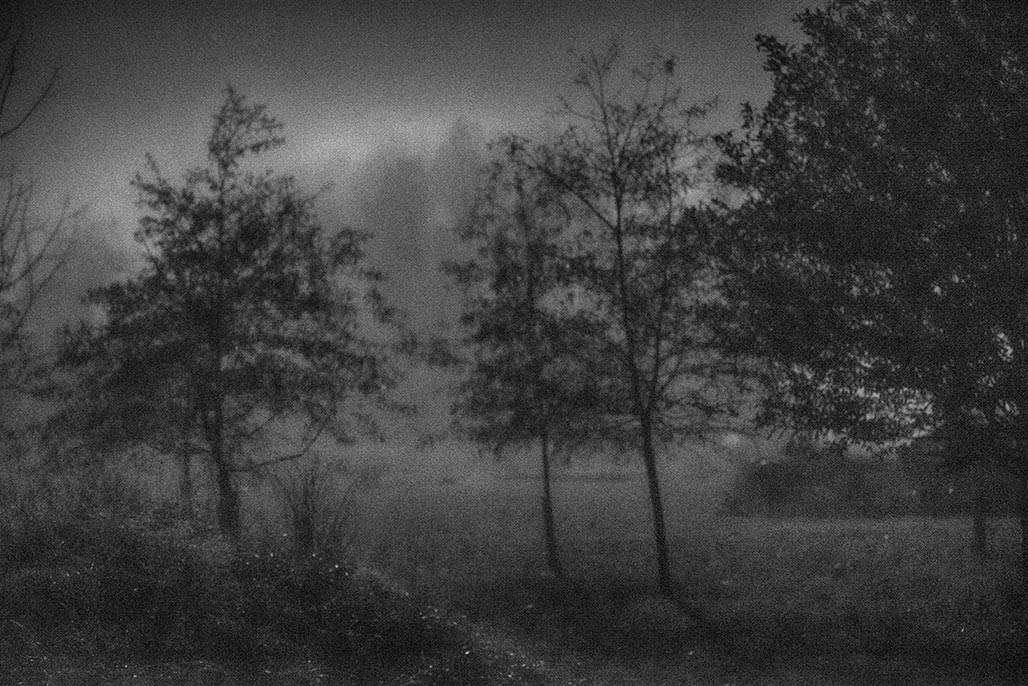
Meanwhile, the draft capital budget for Charlottesville shows $25,000 a year for urban tree planting. Not enough to secure shade for pedestrians along the 156 miles of streets in our City. This time of year is a great time to plant trees. Call Miss Utility, plant a tree next to the road in front of where you live. It is not hard to do.
151110 jodi lahendro
Entrance Corridor
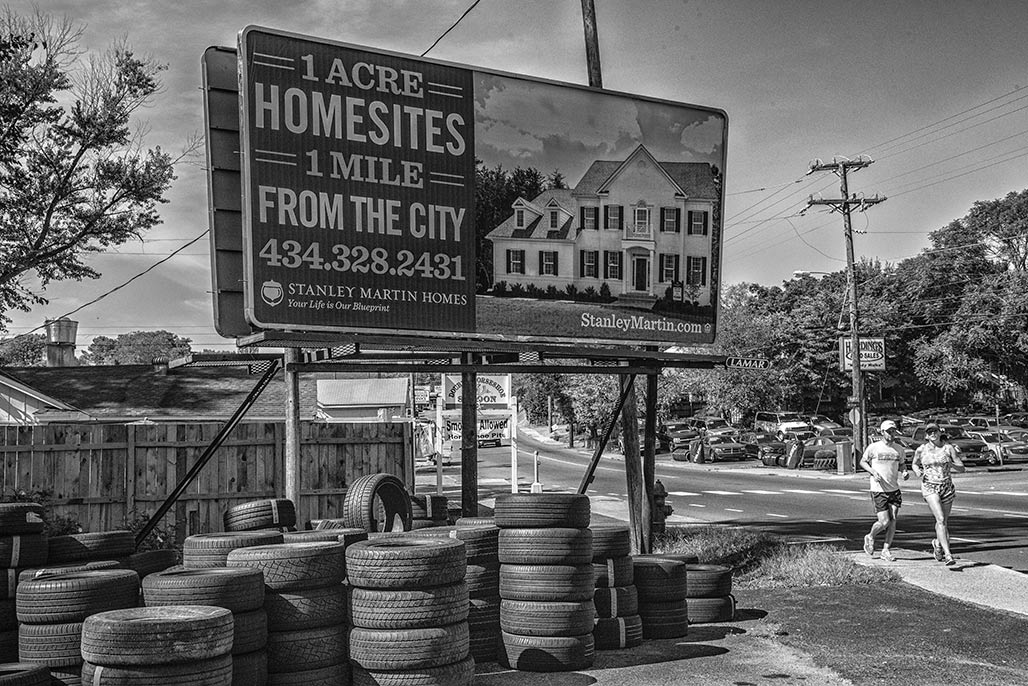
Charlottesville citizens live in a community with a vibrant urban forest, tree‐lined streets, and lush green neighborhoods. We have an
extensive natural trail system, along with healthy rivers and streams. We have clean air and water, we emphasize recycling and reuse, and we
minimize storm‐water runoff. Our homes and buildings are sustainably designed and energy efficient.
Datana contracta

